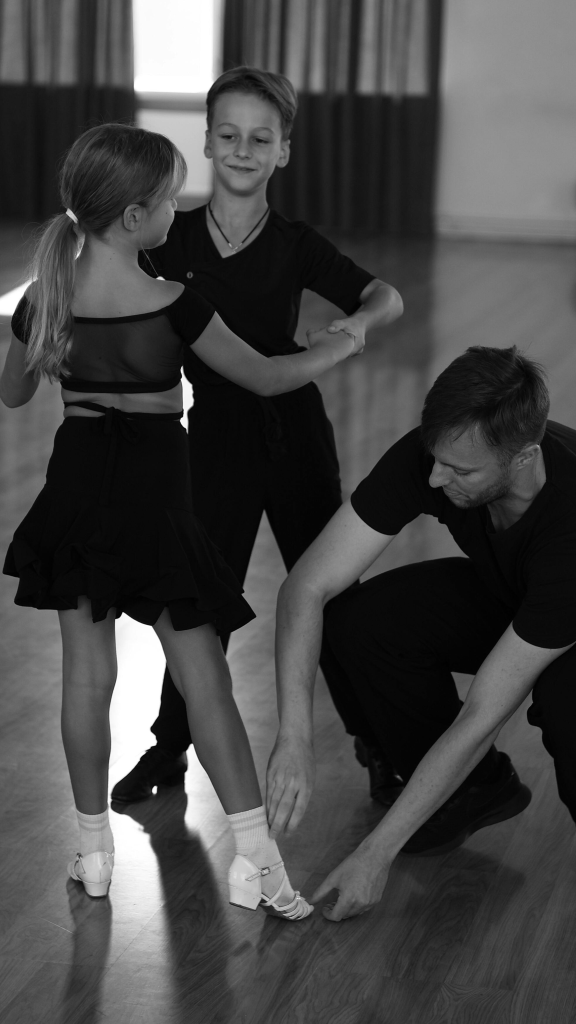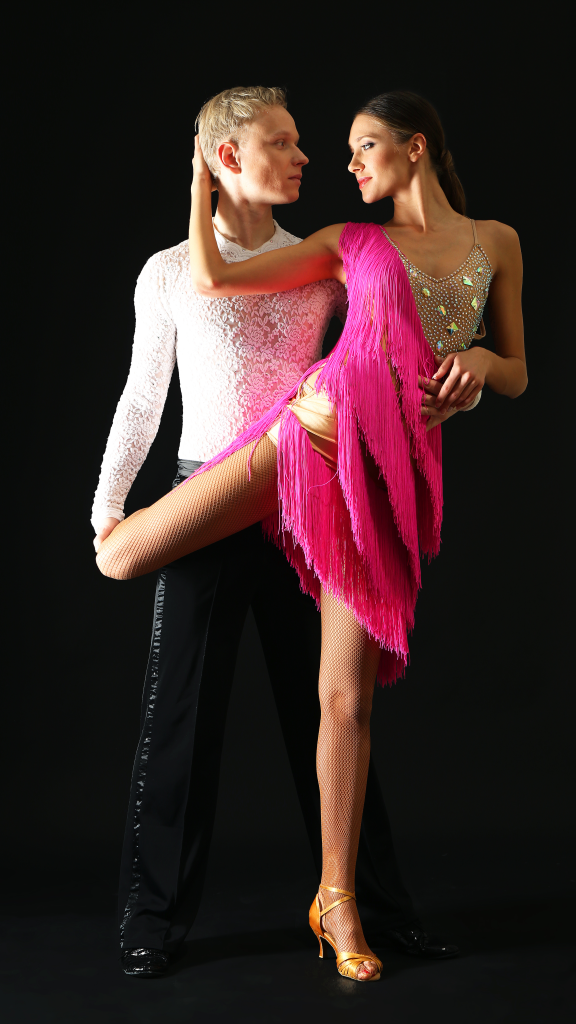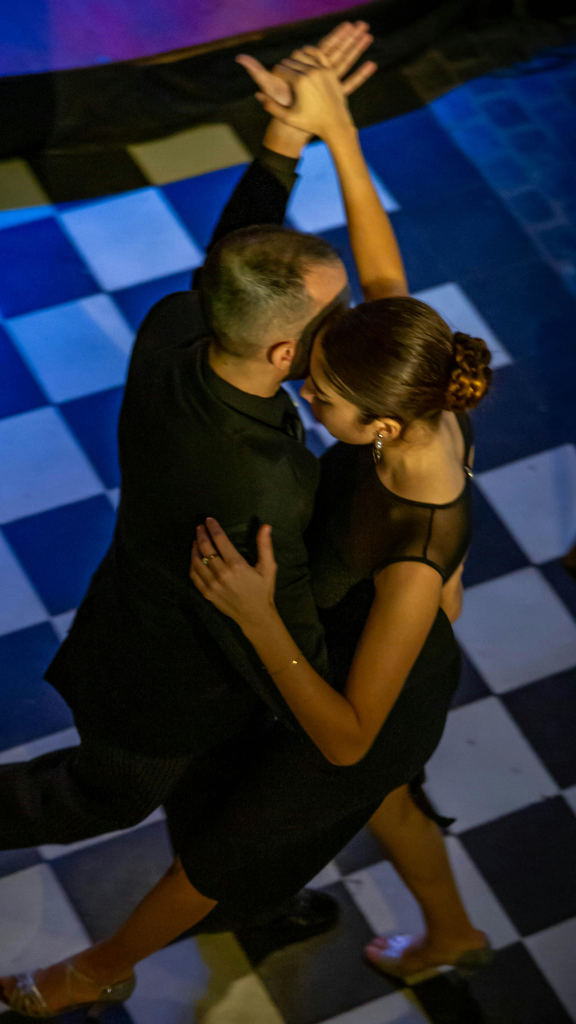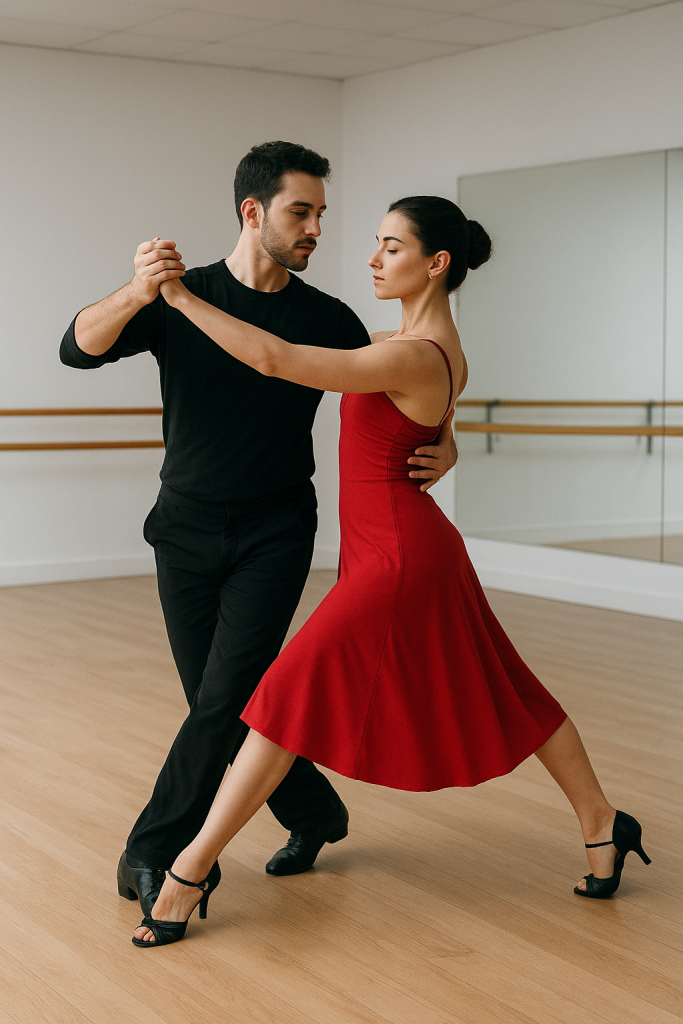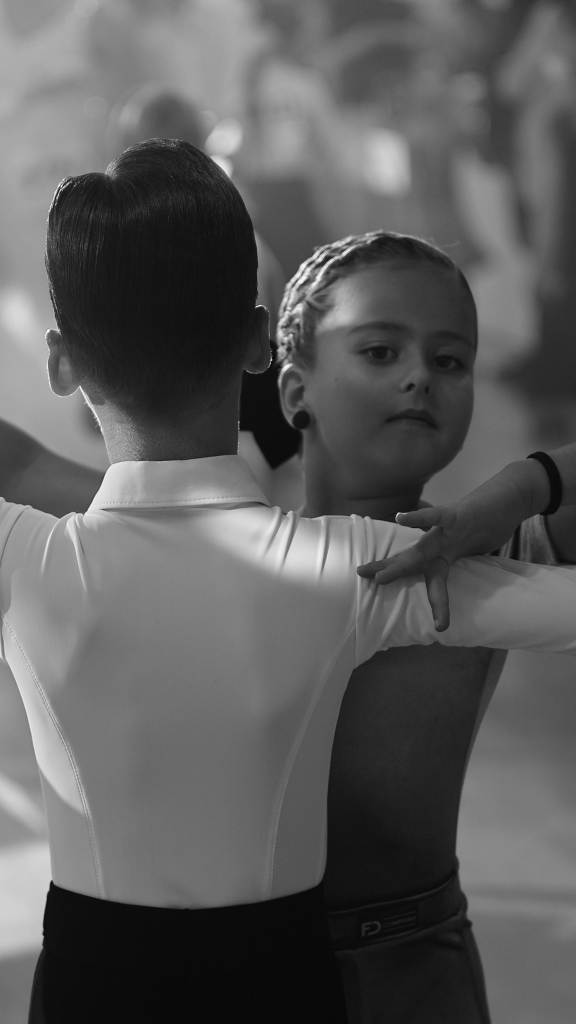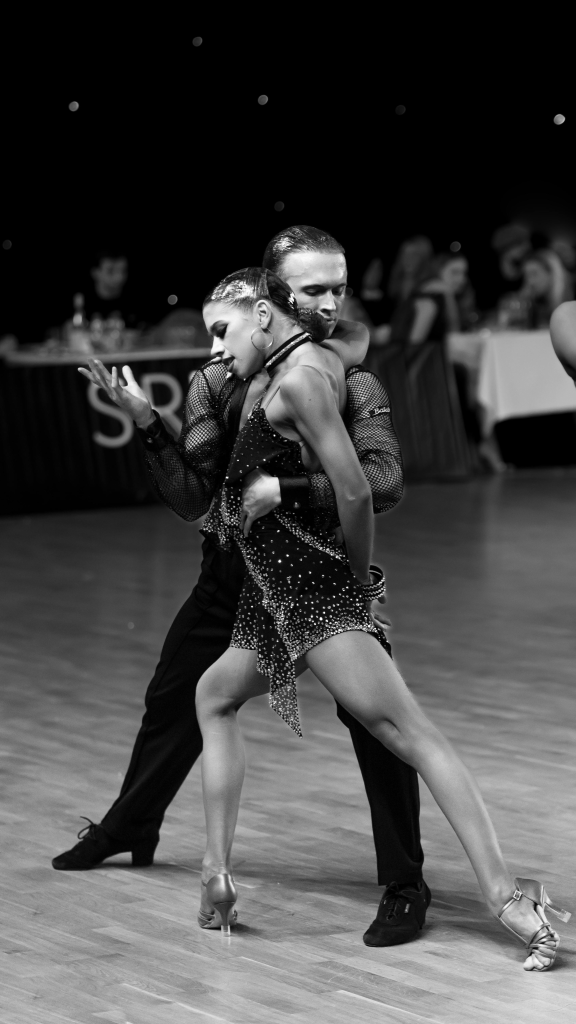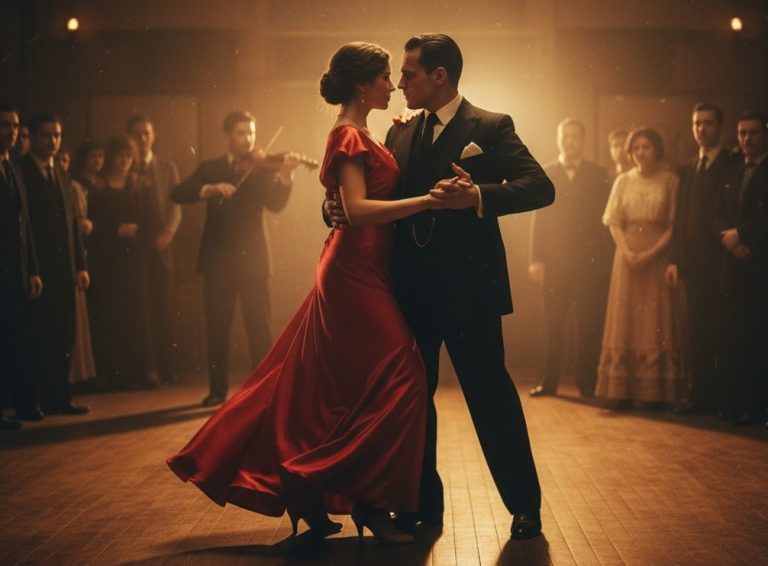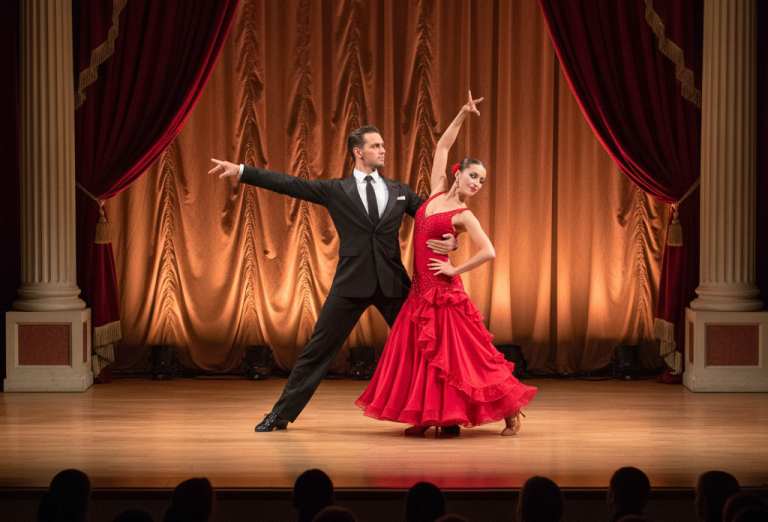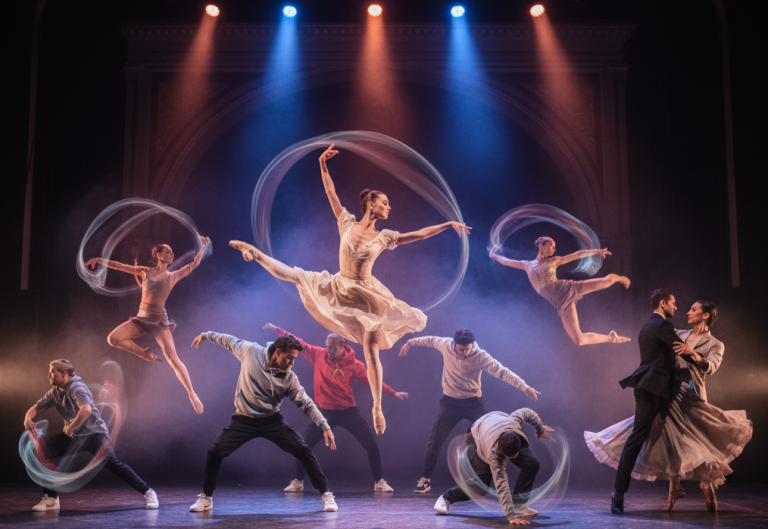Endless Rehearsals: The Hidden Reality of Professional Ballroom Dancing
When most people think of ballroom dancing, they imagine elegance, glittering costumes, and seamless performances under the spotlight. What they don’t see is the grueling reality that lies behind the polished exterior: endless rehearsals that test not only a dancer’s skill but also their physical endurance, mental resilience, and emotional balance.
Professional ballroom dancers spend hours upon hours practicing daily. For competitive pairs, it is not unusual to dedicate 6–10 hours a day to rehearsals, meticulously drilling the same sequences over and over. This repetition is not for vanity—it’s a necessity. In competitions where fractions of a second and subtle posture shifts can determine winners, even a tiny misstep can cost points or ruin an otherwise perfect performance.
But the story of rehearsals goes far beyond repeated steps. It touches every aspect of a dancer’s life—from physical health and mental fortitude to partnerships, personal sacrifice, and the intricate politics of competition.
The Physical Toll of Endless Practice
Dancers’ bodies are their instruments, and maintaining peak performance requires constant, intensive conditioning. Endless rehearsals push muscles, joints, and ligaments to their absolute limits.
Muscle Memory
Repetition during rehearsals is designed to create muscle memory. The goal is that when dancers perform under pressure, movements become instinctive. Hours of drilling pirouettes, lifts, and floor patterns ensure precision, but the repetitive motion can cause overuse injuries such as tendonitis, sprains, and stress fractures.
Endurance Training
Ballroom dancing is a cardio-intensive sport. Each routine, especially fast-paced dances like the jive or quickstep, can raise heart rates close to that of professional athletes. Dancers often spend rehearsals practicing timing, stamina, and breath control to sustain high-energy performances.
Strength and Flexibility
Rehearsals often include off-floor workouts to support lifts, spins, and intricate footwork. Without proper conditioning, injuries are inevitable, making long rehearsals both a necessity and a risk.
The Emotional Weight of Perfection
Rehearsals test not just muscles and memory, but emotions. The pressure to succeed is immense. Many competitive dancers begin training in childhood, sacrificing the typical milestones of youth for studio floors and competition halls. By the time they reach the professional circuit, the expectation is perfection.
This pressure often spills into partnerships. Ballroom dancing, unlike many other art forms, depends on two people moving as one. That means countless hours spent together, day after day, often in high-stress environments. Small disagreements over choreography or timing can escalate into larger conflicts, and more than a few promising partnerships have dissolved under the strain. Those who endure learn to navigate not just the steps of the dance, but also the complex steps of compromise and communication.
Outside the studio, sacrifices multiply. Endless rehearsals leave little time for friendships, hobbies, or family life. Many dancers describe their existence as singularly focused: eat, sleep, rehearse, repeat. Social events are missed, vacations postponed, and personal relationships tested. To dedicate oneself fully to ballroom dancing often means to give up the balance of a “normal” life.
A Day in the Life of a Dancer
To grasp the intensity of rehearsal culture, imagine a typical day in the life of a professional dancer. The morning often begins with conditioning—stretching routines, weight training, or cardio exercises designed to prepare the body for the long day ahead. Mid-morning transitions into technique sessions, where couples dissect their choreography, focusing on posture, frame, footwork, and musical timing. Coaches frequently interrupt, offering corrections that lead to yet another round of repetition.
By afternoon, the focus shifts to choreography. This may involve running routines from beginning to end, adjusting sequences, or experimenting with artistic expression. The final hours of the day are often devoted to full run-throughs, simulating the conditions of a live competition. These run-throughs test not only stamina but also the ability to maintain performance quality under fatigue.
It is a relentless schedule, repeated day after day, sometimes for months leading up to a major competition. For many dancers, weekends provide no respite—they are spent either rehearsing or traveling for performances.
A Tradition of Discipline
The intensity of rehearsal culture is not a modern invention. Ballroom dancing, as a competitive sport, has long demanded rigorous preparation. When competitions became formalized in Europe in the early 20th century, the standard of precision was set high. Scoring systems rewarded flawless technique, posture, and synchronization, leaving no room for improvisation or sloppiness.
Dance schools, particularly in Eastern Europe and Russia, became known for their strict training regimens. Children as young as six or seven would rehearse for hours each day, sometimes before and after school. The philosophy was simple: excellence comes only through repetition. That tradition endures today, shaping the culture of rehearsal across the globe.
Competition: The Crucible of Rehearsal
All of this practice funnels toward a singular goal: competition. In events like the Blackpool Dance Festival, considered the pinnacle of ballroom, the margin between victory and defeat is razor-thin. Judges assess everything—the angle of a wrist, the rise and fall of a waltz, the synchronization of spins.
For dancers, endless rehearsals are what make consistency possible. To perform flawlessly under pressure requires not only technical skill but also the confidence that comes from having done the routine thousands of times. Yet the irony is that overtraining can be just as dangerous as undertraining. Pushing through fatigue or minor injuries in rehearsal often leads to mistakes on stage, and dancers walk a constant tightrope between preparation and self-preservation.
The Cost Beyond the Studio
The hidden costs of endless rehearsal extend beyond sweat and injuries. Financially, ballroom dancing is one of the most demanding art forms. Studio rentals, private coaching, costumes, travel, and competition fees add up quickly. Many dancers pour their savings—or their families’ savings—into sustaining their careers.
The emotional toll is harder to measure but no less significant. Anxiety, burnout, and even depression are not uncommon among professionals. Support networks—whether in the form of coaches, friends, or therapists—become essential for navigating the emotional landscape of the sport.
Voices from the Floor
Those who live this life often describe it with a mix of pride and exhaustion. “Rehearsals are both my favorite and hardest part of being a dancer,” one competitor admitted. “I love the craft, but sometimes it feels like my life is nothing but footwork and repetition.” Another noted, “People see the performance, but they don’t see the sweat, pain, and tears behind it. We repeat steps over and over until it becomes instinct, but it’s exhausting.”
These testimonies echo across the ballroom world: passion tempered by fatigue, joy intertwined with sacrifice. Endless rehearsals forge not just dancers, but resilient individuals who learn discipline, patience, and the pursuit of excellence at any cost.
Why They Keep Dancing
Given the punishing reality of endless rehearsals, one might wonder why dancers continue. The answer lies in the moments when all the hours of repetition coalesce into art. When the music begins, and the audience gasps as a couple glides effortlessly across the floor, dancers experience a fleeting moment of transcendence. The exhaustion fades, the sacrifices recede, and all that remains is the beauty of the performance.
For dancers, that moment is worth everything. The endless rehearsals are not simply a means to an end—they are the crucible in which artistry is forged.
The Unseen Stage
Ballroom dance is often described as the art of making the difficult look easy. Yet behind every effortless twirl, every breathtaking lift, and every graceful smile lies a story of sweat, repetition, and sacrifice. Endless rehearsals are the invisible foundation upon which ballroom’s glittering façade is built.
To watch ballroom dancing is to witness beauty. To understand it, however, is to recognize the countless unseen hours that make that beauty possible. And for the dancers who devote their lives to it, those hours are not just practice—they are life itself.
-
Payment Processors Compared for Dance Studio Manager (DSM)
PROCESSORS BEST FOR PRICING MODEL HARDWARE WHY IT WORKS WELL INSIDE DSM Paystri (DSM Preferred Partner) Studios wanting personalized rates, high customer support, and a strong DSM relationship. “Meet or beat” pricing for DSM users Often competitive for both low and high-volume studios Chip / swipe / tap readers (varies by region) DSM has a…
-
-
-
-
Are Dancers the Ultimate Multi-Sport Athletes?
Sport Key Skills Overlap with Dance Basketball Vertical jump, agility, coordination Jump height, lower-body strength Soccer Endurance, footwork, rhythm Aerobic capacity, movement timing MMA/Boxing Reaction time, body control Real-time adaptation, neural speed Gymnastics Balance, flexibility, choreography Shared technical elements Figure Skating Flow, control, artistry Same fusion of sport + art Track & Field Explosive power,…
-

